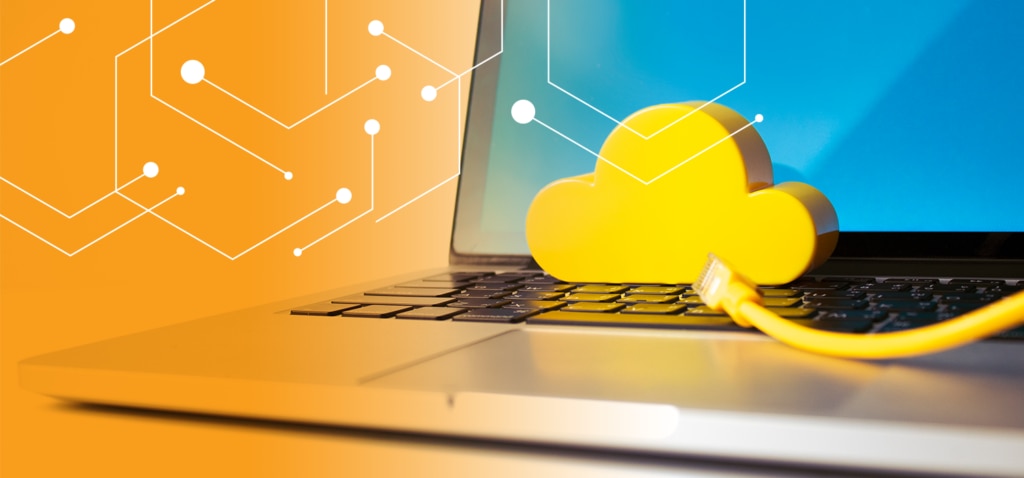Incident management
Successful incident management is all about providing employees with solutions they need to focus on their jobs. IT asset management tracks assets, but it can also track the incident histories of all those assets. This way, your service desk will be able to identify repetitive incidents, solve them more efficiently, and even find groups of incidents that might qualify as a problem. In this case, they can notify the impacted employees all at once, and they can take an appropriate measure to address the problem. Smart technology also helps service desks deliver faster, easier solutions in tandem with IT asset management. Through artificial intelligence, your service desk solution can track the incidents associated with certain device models and use that data to power suggested solutions for routine incidents. For example, an employee types a subject line into a ticket — something like, “MacBook Air won’t turn on.” Chances are, your organization has some history of incidents with the MacBook Air device, and it can point your employee straight to a relevant troubleshooting article. Even more impressive, your service desk solution can pick out which device is giving your employee trouble since you’ve tied that user to their associated assets. Now, even if the name of the device is not in the subject line, your service desk can suggest solutions and related assets to the technician working that ticket.Service requests
IT asset management will help provide a 360-degree view of your organization’s devices, the related incidents and changes (as you’ll see in the next section), and how they impact services in your organization. Ideally, every new device will be ordered, activated, or delivered to an employee through a service request. If your service catalog includes employee onboarding, complete with device configuration, that will be a key point in that device’s lifecycle. It now has a new owner and a configuration with software and applications. It’s important to establish these connections at the beginning because it might help that employee find faster solutions down the line. Same goes for purchase orders for new devices, warranty reports, or software updates. These are all service requests that many organizations have in common, and they’re all easier when the organization has a complete view of asset life cycles. When assets are tied to predefined tasks and approval processes in a service catalog item, each service agent can see the whole picture before approving a purchase or configuring a particular device.Change management
IT change management plays a crucial role in business functions. There are a lot of IT changes that impact the organization: application changes, software updates, server upgrades, changing device models… almost infinite possibilities. Changes have impact, which is why you’re making them. How do you keep track of the impact those changes have? Use IT asset management to tie your assets to these changes. That way you can track any devices that are affected. Get changes done on time and keep track of them as IT assets move along in the organization.Self-service
One of the great things about tying IT asset management to your service desk is that it gives requesting employees even greater visibility into the resources available to them. At any point, they can view incident histories, open incidents, and a variety of knowledge base articles. If they constantly forget how to connect their laptop to a conference room screen share, they can always open the knowledge article they used to solve the issue in a previous instance. Plus, as I mentioned earlier, smart technology is available to connect them with suggested solutions. Let’s face it, there’s a significant group of tech-savvy employees that would rather find an article or a related solution to solve the issue themselves. Connecting IT assets to the service desk creates even stronger ways for them to do so.CMDB
Using the configuration management database (CMDB) as a way to track assets widens the positive impact on the entire organization. You’ll notice an immediate benefit in the way your service desk handles incidents, problems, changes, and releases as well. The CMDB stores records for every configuration item (CI) so, you’ll have all the asset data you need, including how they all relate to one another. Every service desk and support staff wants to create a proactive approach. CMDB helps make that reality. While the employees you serve may not use the CMDB, the CMDB will know everything about what they use, how they use it, and what assets might affect their daily routines. So, when employee needs pop-up, your team has an entire database that contains all of the information they need to know about a particular issue. IT asset management isn’t a small concept. The purpose it serves is critical to your organization, so make sure you are taking full advantage of the value that ITAM provides.




